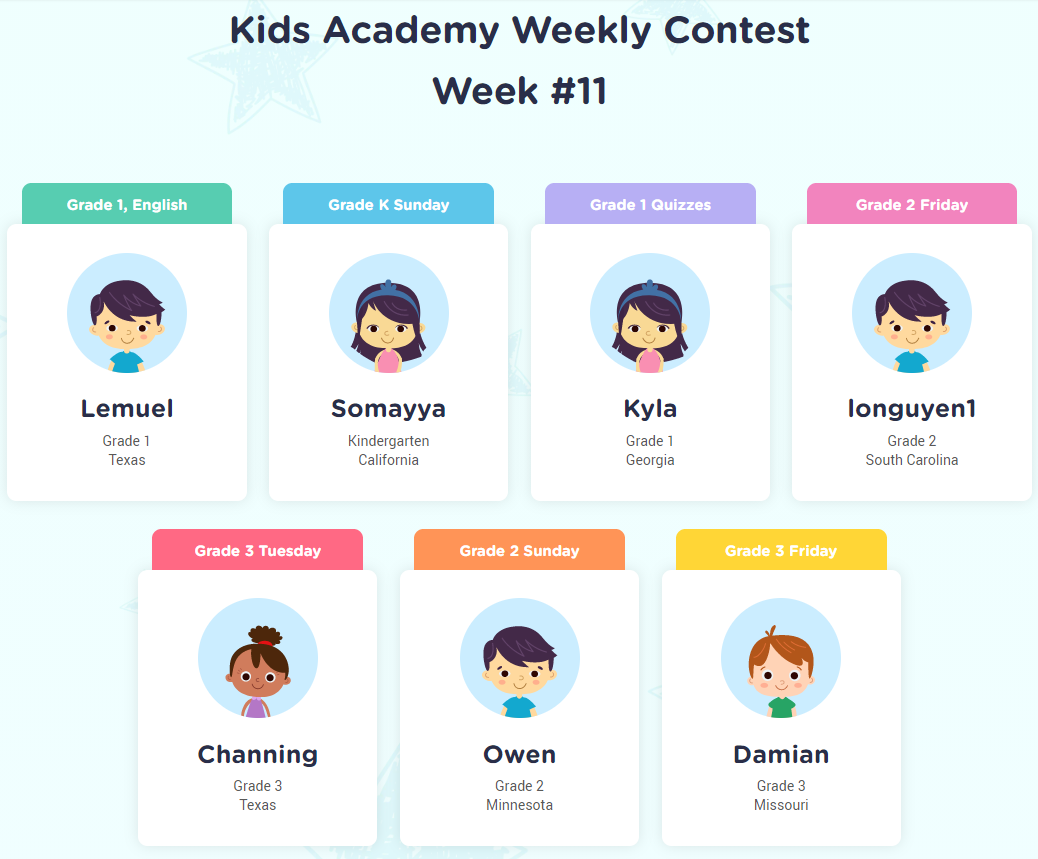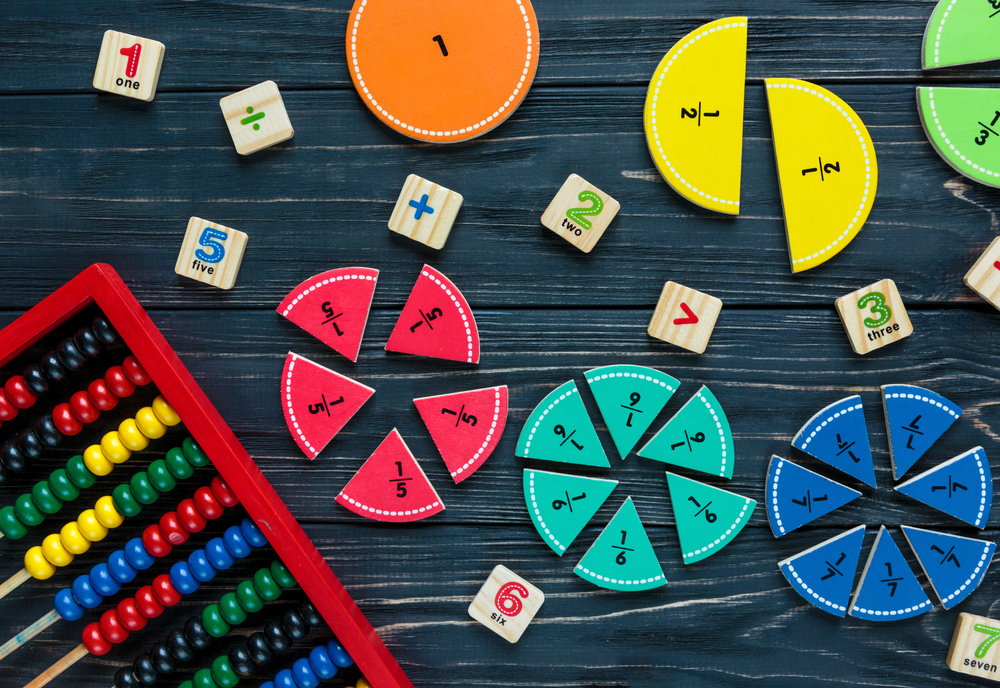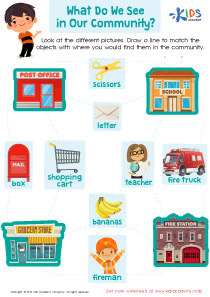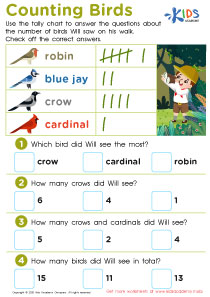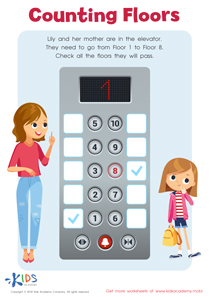Comparing Fractions Extra Challenge Math Worksheets for Ages 6-7
5 filtered results
-
From - To
Unlock your child's mathematical potential with our "Comparing Fractions Extra Challenge Math Worksheets" designed for ages 6-7. These engaging worksheets offer an excellent opportunity for young learners to practice and master the concept of comparing fractions through fun and interactive activities. Each worksheet is tailored to deepen their understanding of greater than, less than, and equal to, while also reinforcing critical thinking and problem-solving skills. Perfect for both classroom and at-home learning, these extra challenge worksheets will help your child build confidence in their math abilities. Explore our resources today and watch your child excel in comparing fractions!
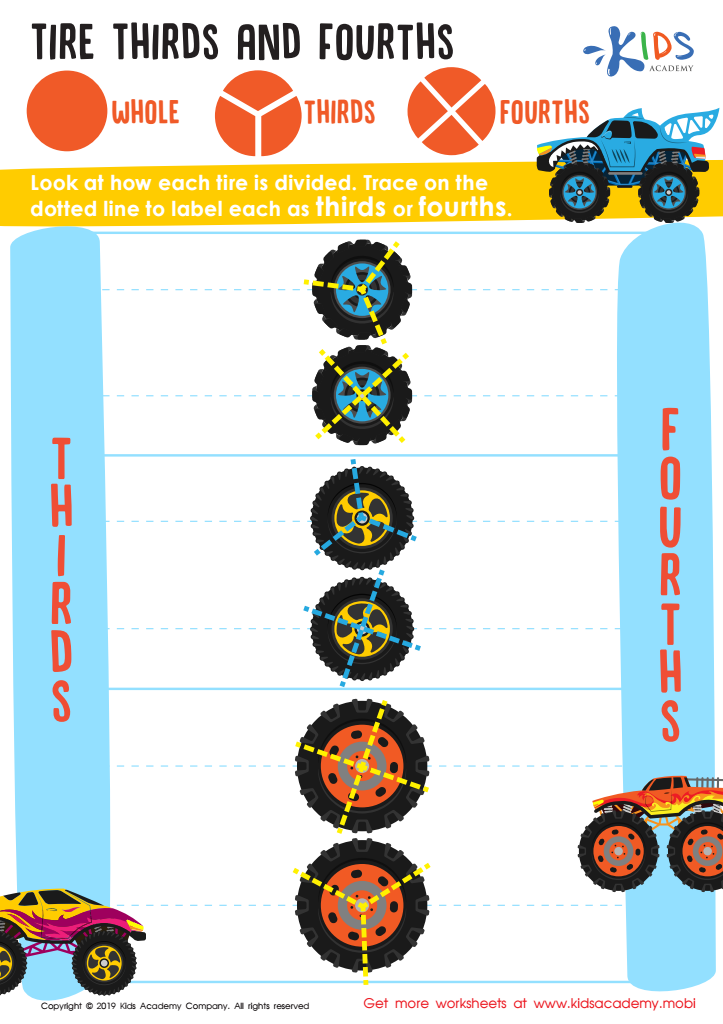

Tire Thirds and Fourths Worksheet


Fractions: Shapes Worksheet
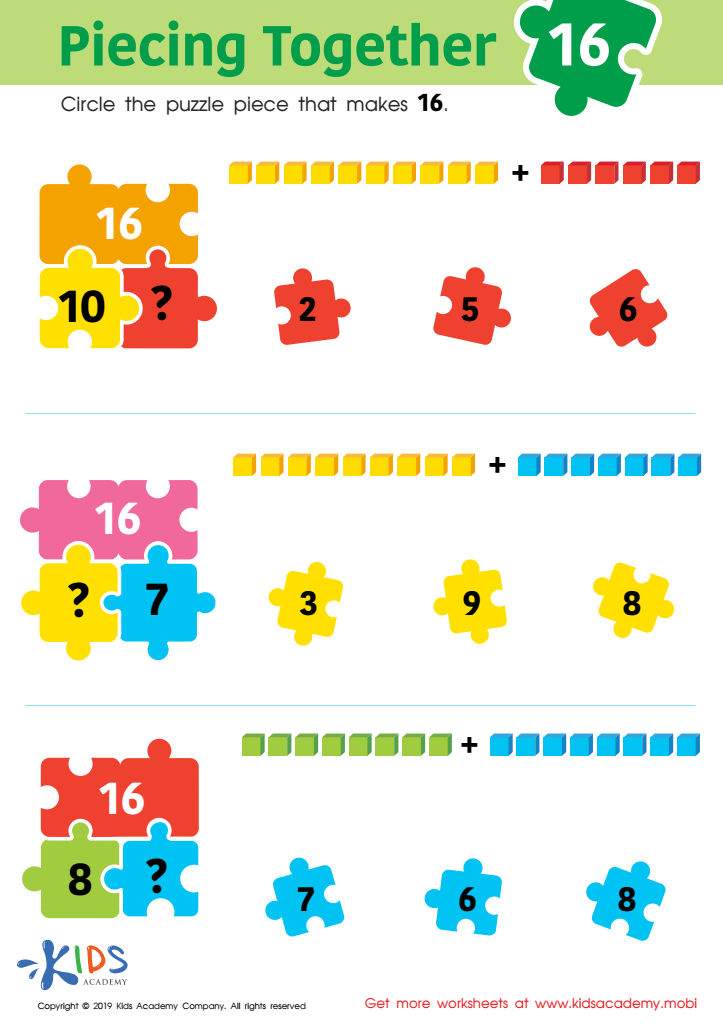

Piecing Together 16 Worksheet
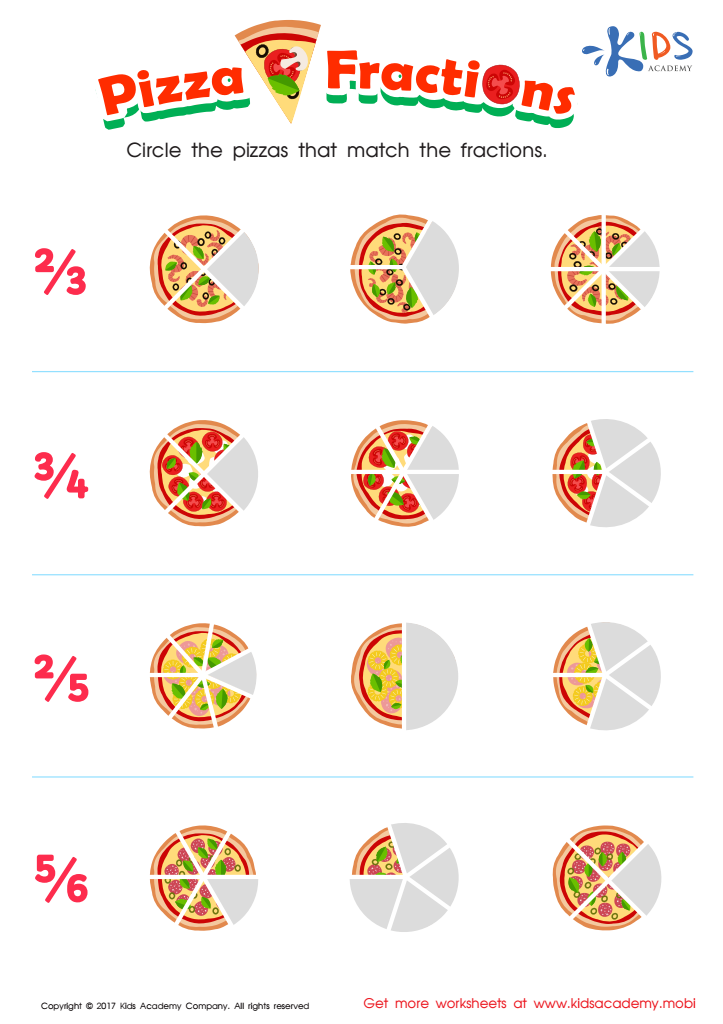

Fractions: Pizza Printable


Fractions: Cinderella Printable
Comparing fractions is a critical math skill for children ages 6-7, and it lays the groundwork for deeper mathematical understanding. Parents and teachers should care about incorporating a "Comparing Fractions Extra Challenge" because it enhances critical thinking and problem-solving abilities. At this age, children are developing their mathematical intuition, and engaging them in activities that require comparing fractions fosters logical reasoning and analytical skills.
This concept is fundamental for future math topics, including addition, subtraction, and even ratios in higher grades. Understanding how to compare fractions helps children grasp real-life applications like cooking, sharing, and budgeting, which promotes a sense of relevance in their learning. Furthermore, challenges offer an opportunity for exploration and discovery, making math fun and stimulating.
Support and encouragement from parents and teachers can boost confidence as children navigate through difficult concepts. It opens avenues for discussions around strategies and diverse thought processes, cultivating a growth mindset. Moreover, addressing challenges together fosters a collaborative learning environment, strengthening connections between home and school. Therefore, both parents and teachers play a crucial role in motivating and inspiring young learners, ensuring a solid foundation in math that will benefit them long-term.
 Assign to My Students
Assign to My Students







